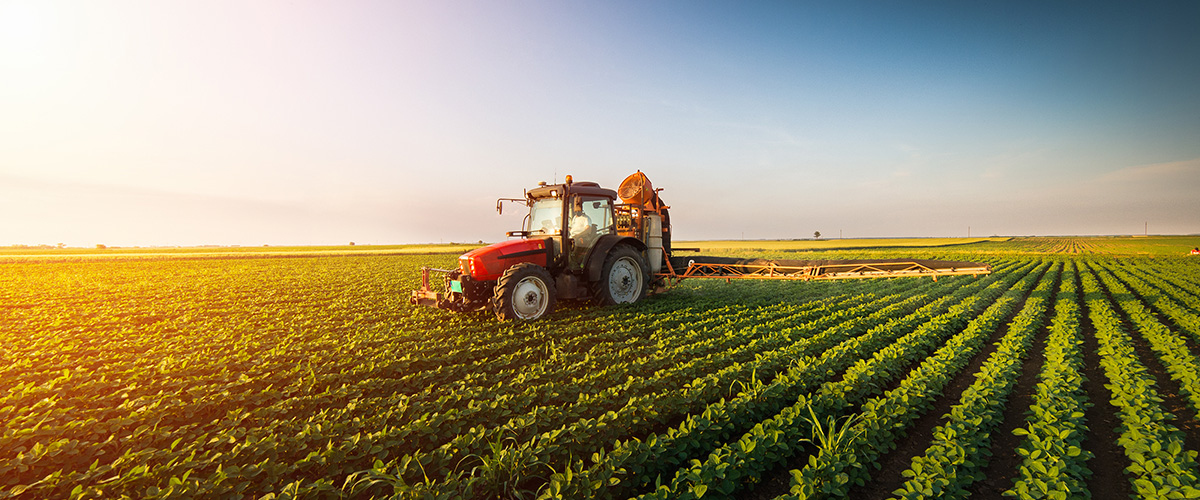Hi readers,
Welcome to this month’s dual-sector update, where we explore the evolving dynamics in both the food and agriculture industries. A big thanks to our risk underwriters Tyler Darby and Duy Tran for providing us with these updates.
While food and agriculture might seem like separate worlds, they’re both wrestling with the same big challenges: unpredictable weather, labor shortages, shifting trade policies, and supply chain hiccups that just won’t quit.
Let’s break down what’s happening and what to focus on. To learn more about the food industry check out our latest report here.
Growing Pains
Whether you’re growing or selling, 2024 was a tough year. Extreme weather across the U.S. and Europe, plus rising costs for essentials like fertilizer, packaging, and energy, made it a tough year for yields. Don’t forget about labor shortages. This is still a major issue especially in the U.S., where immigration policy continues to shape the farm workforce.
Get in Touch
Looking For a FREE Quote?
Obtaining a free Trade Credit Insurance quote or just some more information is fast and easy! Get in touch with us today.
Get Started Call 800-822-3223Here’s a stat that might surprise you: according to the USDA, 42% of the 2.6 million farm workers in the U.S. don’t have legal status. The H-2A visa program, meant to help with seasonal labor, is expensive and doesn’t quite match market needs.
And this isn’t just a problem for farmers. Fewer workers mean slower harvests, delays in packaging, and higher prices by the time that tomato hits your grocery cart.
Still, demand for fresh produce remains strong. Consumers continue to seek it out, and retailers are doing their best to keep shelves stocked. But the pressure is mounting. According to an AP-NORC poll, grocery prices are now a major source of stress for U.S. consumers. With beef prices hitting a peak in July, it’s easy to understand why.
Global Tensions, Local Impact
Geopolitical instability is another shared headache. Disruptions in key shipping routes like the Red Sea, plus renewed tariffs involving China, India, and post-Brexit UK, are squeezing margins for producers and exporters alike.
From a credit insurance perspective, this means keeping a close eye on risk. Companies with narrow supply chains or exposure to trade-sensitive markets could face payment delays or worse, insolvency.
Agriculture Section
The agriculture sector is feeling the heat…literally. The risk outlook? Poor.
Record-breaking temperature across Europe and South Asia are stressing crops like wheat, corn, grapes, olives, and tomatoes (High Temperatures Recorded in June Disrupt Crops Across Europe). Add in worsening drought conditions to the mix… farming starts to look more like survival training.
The need for climate-resilient crops isn’t just innovation anymore. It’s a necessity. ESG (Environmental, Social, and Governance) has been floating around agriculture for years, but now its front and center. Producers have always dealt with unpredictable weather and labor issues. Today, environmental and social pressures are turning up the heat in every sense.
Adapt for Fall Behind
So, what’s the story for food and agriculture in 2025? It’s all about resilience and adaptation. Climate change isn’t slowing down, labor shortages are still biting, and trade disruptions are keeping everyone on edge.
The silver lining? Innovation, automation, and smart partnerships are helping the industry move forward. Not giant leaps, but in steady, cautious steps.
What’s next? That depends on how quickly producers and distributors can pivot, problem solve, and maybe even anticipate the next curveball. Because in this business, balancing risk and opportunity isn’t just strategy. It’s survival.
And let’s be real, no one’s expecting smooth sailing. But a few storms? That’s the hope.


